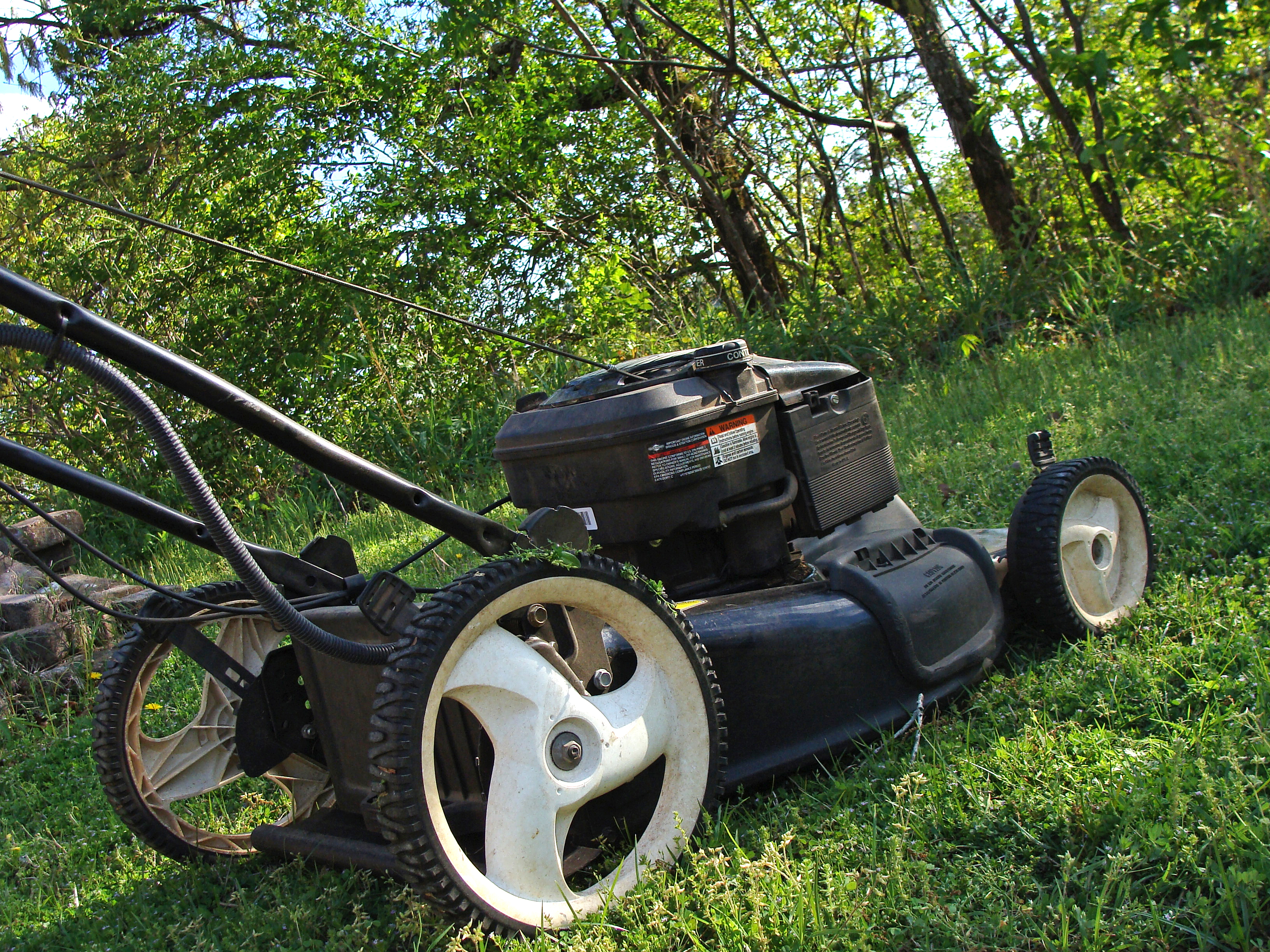Mowing 101: How to have your best lawn yet
By Emily Thompson
U of A System Division of Agriculture
April 7, 2017
Fast Facts:
- Grass should be mowed frequently enough to avoid scalping the lawn.
- The height grass performs best at depends on the grass species.
- Safety precautions should be taken to prevent lawn mower injury.
(414 words)
(This story can be also be downloaded as a MS Word document here. with downloadable art here: ww.flickr.com/photos/uacescomm/albums/72157679055341693)
LITTLE ROCK) -- April showers bring May flowers, but they also bring green grass and lawn mowing season.
One of the biggest mistakes people make when mowing their lawn is not mowing often enough to keep a healthy grass blade height, said Extension Weed Scientist John Boyd.

To maintain a healthy lawn, Boyd recommends mowing frequently enough to never remove more than one-third of the grass leaf. Removing any more would be scalping the lawn and can be damaging to overall grass health. For example, if the grass is four inches, mow before if grows to six inches high.
“Some people have the crazy idea that if you mow it low, you won’t have to mow and weed it as often,” Boyd said. “But that doesn’t make sense. The grass grows at the same rate.”
Additionally, different species of grass perform best at different heights.
Boyd said Bermuda grass should be kept at about 1.5 to 2.5 inches, St. Augustinegrass and tall fescue between 3 and 3.5 inches and Zoysiagrass from 1 to 2.5 inches.
If the grass is cut at one-third of its height, grass clippings can be left on the lawn. The clippings will decay naturally, and release valuable nutrients for your lawn.
“There is no reason to bag clippings, unless you want to create a lot of extra work,” Boyd said.
Mower blades should also be kept sharp, said Boyd. This will prevent a jagged edges on the grass blades and leave a cleaner look to the lawn overall.
Another useful tip is mowing in a different pattern each time to reduce wear, compaction, scalping and the development of grain.
There are also several safety precautions to take before mowing your lawn.
Every year, more than 80,000 people go to the emergency room due to lawn mower injuries according to the U.S. Consumer Product Safety Commission.
Boyd advises making mowing your lawn a solo activity, and make sure that no one else is in the yard while mowing to reduce the risk of injury due to someone being hit by objects thrown by the lawn mower blades. A rear shield, a protective flap, should also be attached to the back, to further reduce the risk.
Boyd said to never pull the lawn mower backward and to mow across slopes, to prevent the lawn mower from rolling back onto the person mowing.
For more information about proper lawn care, visit, https://www.uaex.uada.edu/yard-garden/lawns/, or contact your local county extension agent.
Pursuant to 7 CFR § 15.3, the University of Arkansas System Division of Agriculture offers all its Extension and Research programs and services (including employment) without regard to race, color, sex, national origin, religion, age, disability, marital or veteran status, genetic information, sexual preference, pregnancy or any other legally protected status, and is an equal opportunity institution.
# # #
Media Contact: Mary Hightower
Dir. of Communication Services
U of A Division of Agriculture
Cooperative Extension Service
(501) 671-2126
mhightower@uada.edu
Related Links